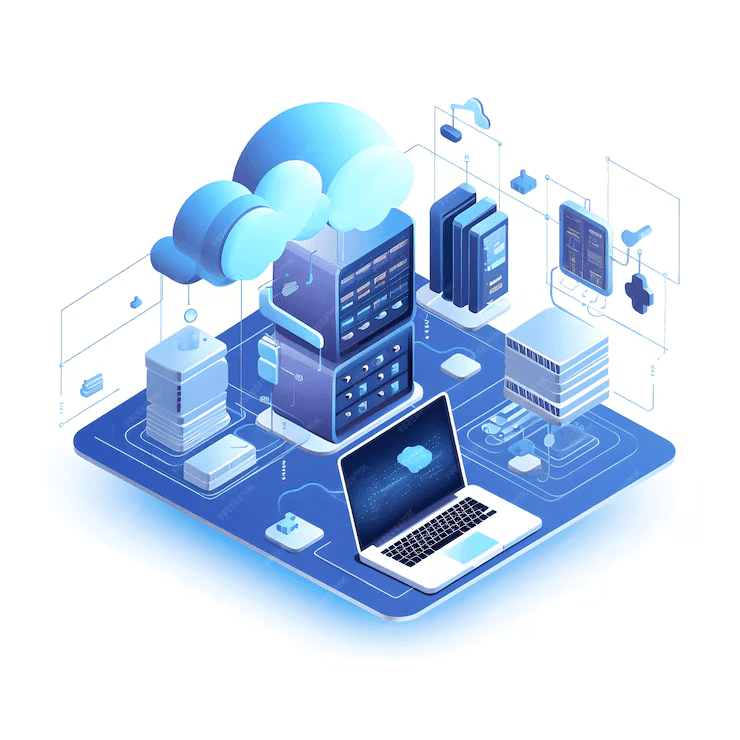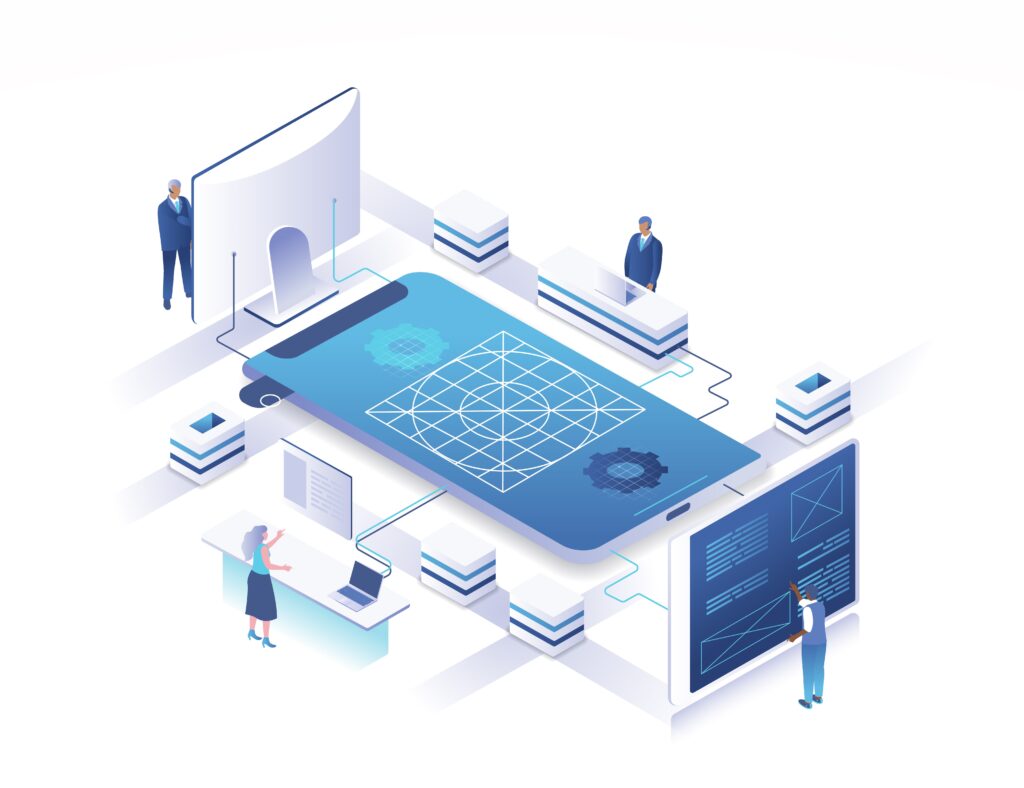Enterprise cloud deployment integrates public, private clouds and a hybrid of distributed clouds.
Public cloud services are offered by vendors as an internet-based service. Public cloud services operate on a self-service basis and are available as needed. This on-demand model enables businesses to significantly increase or decrease their resource purchasing and usage more flexibly than if a data center was housed on-premises.
Private cloud infrastructure is owned, operated, and/or leased by a single organization. Resources in a private cloud are dedicated to a single organization and are accessed using a private network. Private clouds typically operate multi-tenant systems where computing resources of a single server are shared by different customers, known as bare-metal machines. The performance of the server is not adversely affected by the computing load of other customers.
Distributed cloud defines a public cloud service that enables the hosting of infrastructure in several different sites to fulfill specific performance or compliance standards.
A hybrid cloud combines both private and public clouds, allowing businesses to run workloads in the best suited environment and shift data and applications across different environments effortlessly.
Multi-cloud architecture enhances system resilience and performance by leveraging two or more cloud services from different providers.
Industries Benefiting from Enterprise Cloud
On-Demand Scalability: Increase or decrease IT resources immediately.
High Level Security: Industry-standard compliance (HIPAA, GDPR, etc.).
Custom Architecture: Specialized cloud solutions for tailored business objectives.
Hybrid Cloud: Cloud and on-premise enterprise class servers hybridization.
Backup and Disaster Recovery: Redundancy for business continuity is built-in.
Worldwide Team Leader: Access to multi-regional teams.
Enterprise Cloud users across Industries
Many sectors are adopting the enterprise cloud, from banking to retail:
Finance: Real-time analytics with secure data handling.
Healthcare: Data storage and Telemedicine Platforms compliant with regulations.
Retail & E-Commerce: Scalability during customer traffic surges and data analysis.
IT & SaaS: Rapid development and deployment environments foster agile practices.


 Tally on Cloud simplifies accounting, accessible anytime and anywhere, enhancing flexibility and convenience for users.Choose a secure backup solution with strong encryption, flexibility in scheduling, and easy data restoration.
Tally on Cloud simplifies accounting, accessible anytime and anywhere, enhancing flexibility and convenience for users.Choose a secure backup solution with strong encryption, flexibility in scheduling, and easy data restoration.


